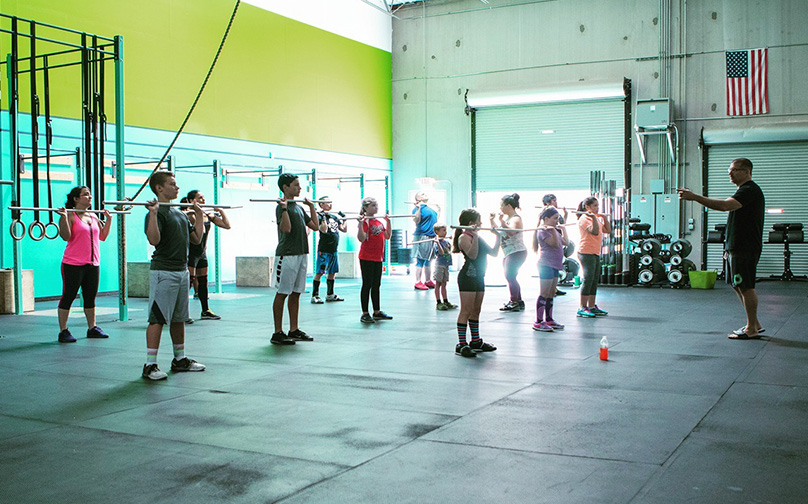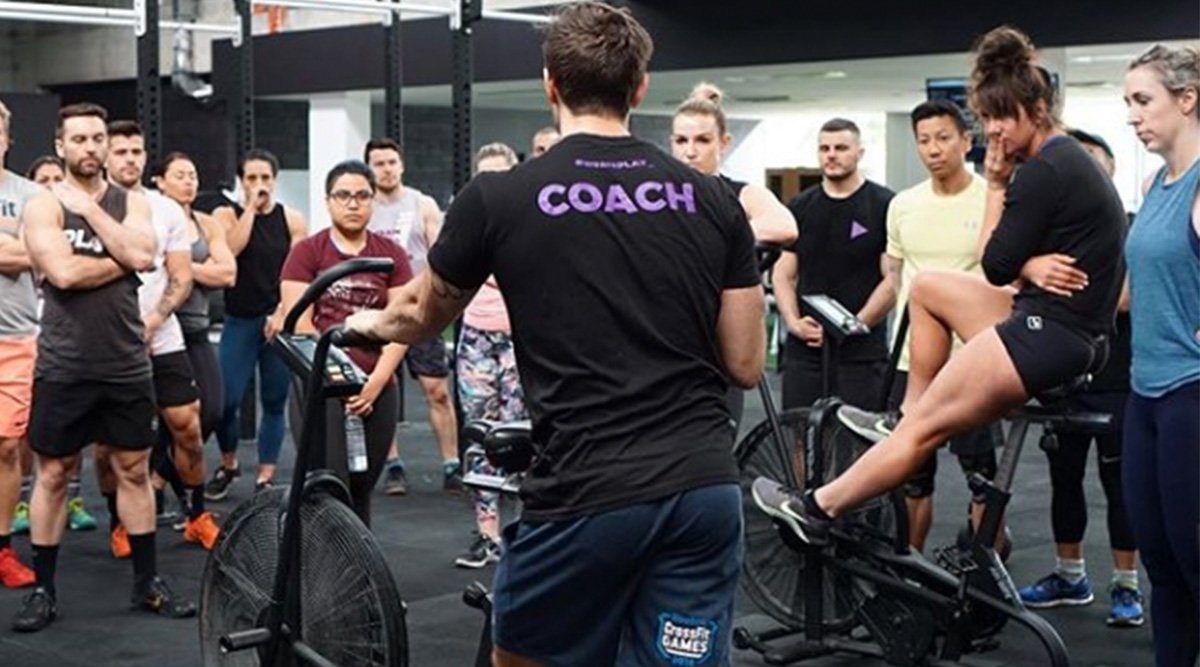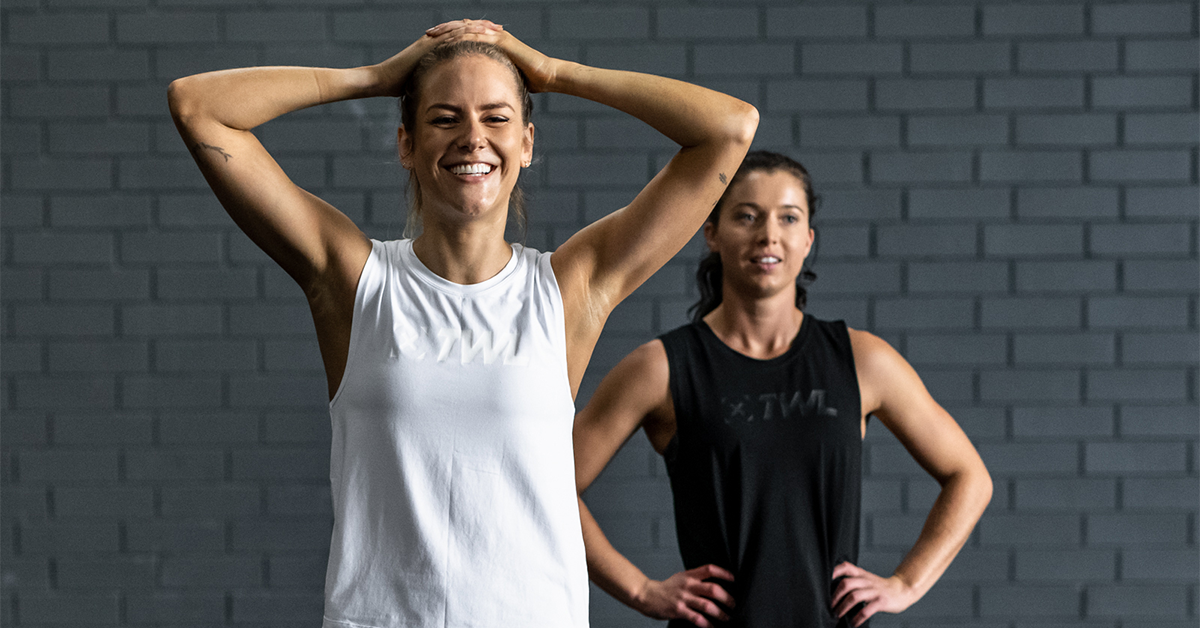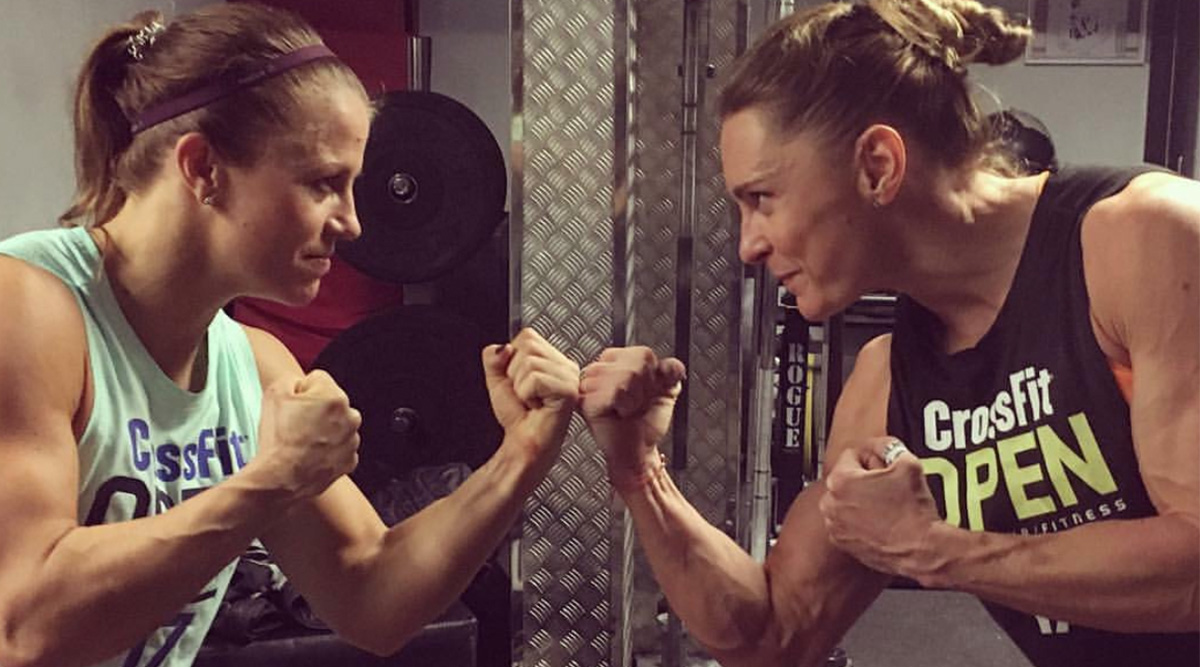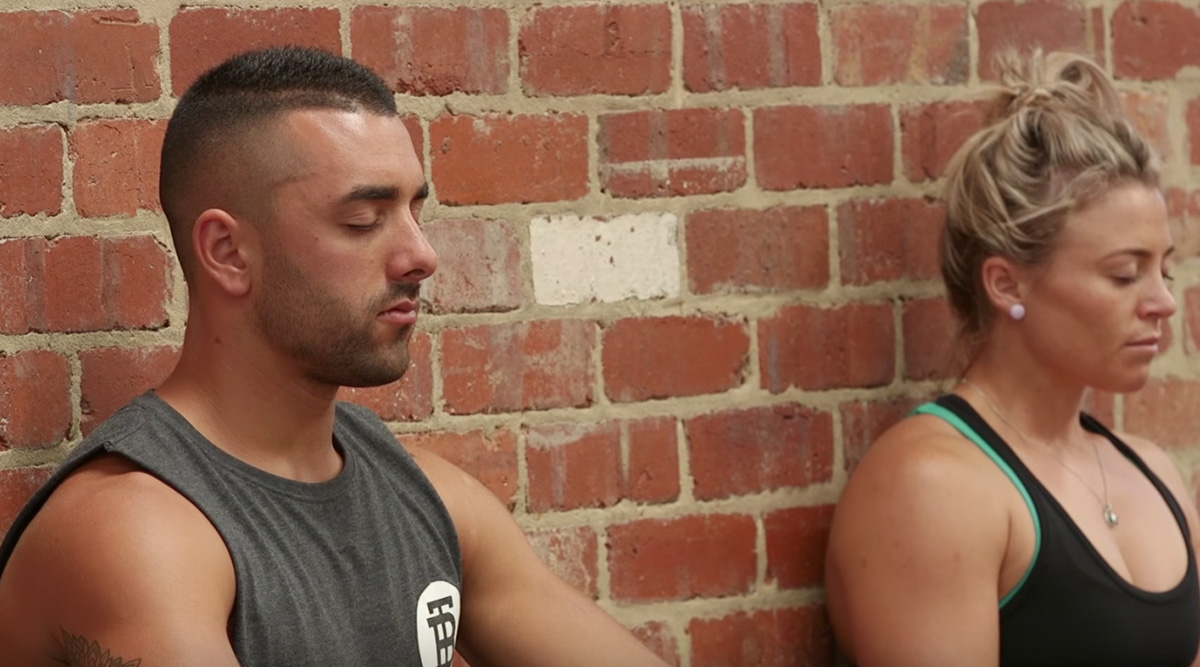Programming is not just about choosing an interesting WOD from the internet and putting it on the calendar. It requires strategic thinking while keeping your athletes in mind. Programming is also one of the things that mark the difference between a true coach and someone who merely leads workouts. Here are some common pitfalls coaches encounter when programming for athletes.
5 Common Programming Pitfalls
1. Lack of Assessment
An observant coach is an effective one. Too often, we go through programs without taking time to check if what we are doing is really working for our athletes. Here are some tips:
- Identify your goal. Know what you wish to achieve with this program.
- Measure progress. It’s common practice to check out the things you can measure such as fitness tests, WOD times, and skill-based tasks.
- Observe. Look at how much athletes enjoy and are motivated throughout the program.
Through this, you can adjust your program accordingly and get the most out of your athletes and clients.
2. Not Enough Variety
You may notice when workouts are not strategically planned. For instance, they might all include your favorite exercise while conveniently ignoring the ones you hate. Truly effective workouts require careful, intelligent planning that is goal-oriented.
3. Hitting a Plateau
This can happen when the program avoids certain movements in workouts and in warm-ups whether on purpose or unintentionally. Or perhaps the weights or rep schemes aren’t getting harder.
Often, this ends with weaknesses remaining weaknesses.
Hitting plateaus also has something to do with a lack of variety. Remember: functional fitness is constantly varied. Try to always be introducing something new in the program to address this.
4. Volume on Volume on Volume
Don’t forget your athletes are on different levels and progressing through their own journeys. Unfortunately, as coaches, we have a had time remembering what it’s like for those who are at an earlier stage.
Try to keep in touch with this when programming. Avoid doing too many high-intensity workouts consecutively and super heavy lifting on a daily basis. This way, you avoid causing injury or burnout among your athletic community.
Also, always make sure you have appropriately scaled versions of every workout. No one should be excluded from training.
5. Training Athletes to Compete
Functional fitness is a sport but that does not mean we should focus our programming on being competitive. This is something that coaches, personal trainers, and gym instructors often forget.
As a coach, our job is to create a program tailored to the individual’s personal skill level and goals. If they want to compete, their programming should reflect this; the same can be said for those looking to simply get fit and have fun.
Programming plays a major role in your athletic community’s overall performance. This, along with many other factors and variables, requires care and attention. An efficient program has proper use of high-intensity workouts, incorporates functional movements, and includes broad and modal domains.
An intelligently planned program, along with careful assessment and observation, can be highly effective in helping your athletes reach their personal goals. Overall, coaching is about closely looking at what will work best for your athletes and clients. Keep in touch with your athletes, talk to them more, and keep these points in mind when you create their programming. It will benefit both you as a coach and your community as a whole.
Main image: This is CrossFit Unorthodox/Facebook

